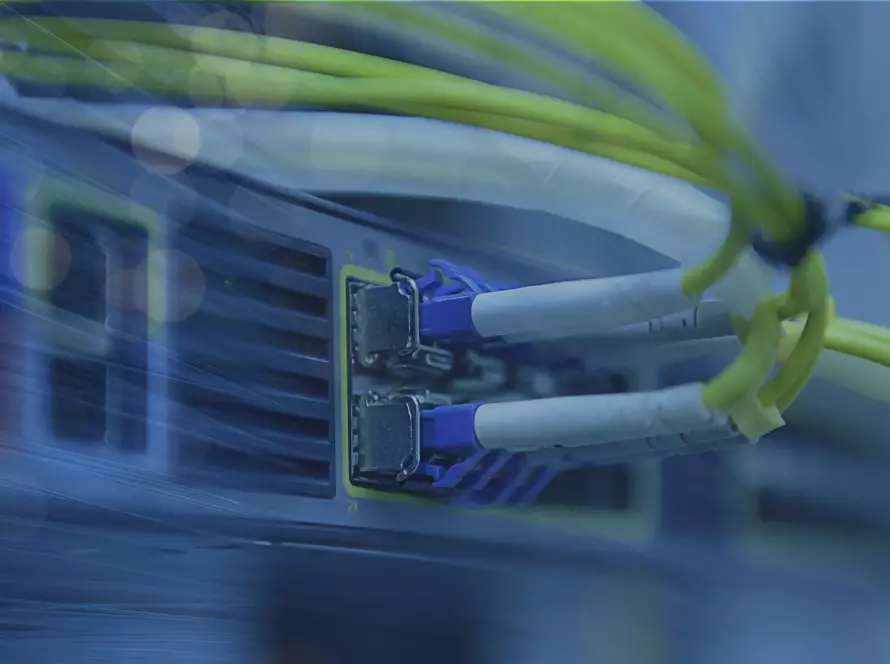There are many sectors of the economy in which Brazil has long stood out for its advanced use of technology. And one of these sectors is finance. Because of the size of the country and its population, Brazil’s financial institutions have always had to face challenges to overcome the most varied barriers, seeking innovations to improve and speed up the services they provide with cybersecurity. Because of these initiatives, by the mid-1980s Brazil was already being considered a global leader in banking technology. With the electronic terminals present in branch cashiers, much earlier than in most other countries. With the emergence of fintechs, this scenario has evolved even further, bringing new forms of innovation and financial services to the market and addressing security challenges in fintechs.
Since then, banking services have gained in speed, usability and convenience. So much so that today they are in the palm of the customer’s hand, on the screen of their cell phone. But banks and other financial institutions did not achieve this position alone. A large part of the solutions they have adopted to remain at the forefront of services have been created by much smaller but extremely agile companies with a great command of the digital universe: financial technology companies, or fintechs, always focused on cybersecurity.
More than 20 years of fintech evolution
The term ‘fintechs’ suggests a very recent category of companies. But the truth is that they have been on the market since at least the year 2000, when PayPal was founded to act as an intermediary between users and their banks, mainly in buying and selling transactions. Instead of submitting their credit card details, the user submits their PayPal account. In the time between 2000 and today, banking services have evolved in a surprising way, with fintechs bringing, for example, great cybersecurity features to mobile banking operations.
In some cases, fintechs have created entirely digital banks, like some that already exist in Brazil, challenging traditional banks. These are banks without physical branches on the street, but which offer all their banking services on the customer’s mobile device. The emergence of this type of bank was favored by the progressive expansion of the use of digital services. By even allowing accounts to be opened via a cell phone, digital banks offered a convenience that traditional banks didn’t take advantage of. Starting a competition that has lasted more than ten years. However, these advances have also brought to light the security challenges facing fintechs, which need to continually invest in cybersecurity to protect customer transactions and data.
A digital bank is an innovative financial institution
Competition has brought advantages for customers. Such as lower interest rates, cheaper services and conveniences created by fintechs’ focus on user experience and innovation. Instant account opening is one example. But digital banks go one step further, offering services that customers can do themselves. This was unimaginable for traditional banks (but now they also offer it). These services include international transfers, transfers between people (such as PIX), stock market investments and the acquisition of cryptocurrencies. However, rapid evolution and innovation have also increased security challenges for fintechs, which need to continually strengthen their measures to protect transactions and customer data.
Although this description praises fintechs, it doesn’t mean that they have always had an easy road. The digital world, like the physical world, is full of accidents and evildoers. All over the world, incidents involving these companies have occurred and continue to occur, including in Brazil. This is why cybersecurity plays a key role for fintechs, whether they are banks or solution providers. Although cybersecurity is most evident on client devices, it actually involves the entire operation of a fintech: servers, client devices, network traffic and partners.
All of this needs to be harmoniously secured to guarantee customer confidence. Every day, thousands of criminals try to break this harmony in order to gain an advantage, in scams against individuals and financial institutions. That’s why all fintechs test their cybersecurity solutions on a daily basis, facing new scams, strategies and traps, and constantly improving them. One of the biggest challenges for fintechs, however, lies in their very nature. To lead the way in innovation, speeding up the research, development and improvement of their solutions in order to safely bring them to market ahead of the competition.
Rapid development cycles in the fintech sector
In fintechs and many other business categories, development cycles prioritize speed to market (the famous ‘time to market’). Sometimes neglecting more rigorous cybersecurity testing and the implementation of good practices, and that’s not good. In 2023, a report by telecommunications operator Verizon indicated that 72% of data breaches in the financial services sector involved the exploitation of vulnerabilities in mobile applications or newly released features for mobile devices.
Despite this indicator, fintechs (including digital banks) have come a long way in terms of cybersecurity, and many of them specialize in just that. The result of this evolution is now virtually frictionless financial and commercial services, in a harmonious balance between innovation and cybersecurity. Fintechs and digital banks reinforce this binomial through user education initiatives. By becoming well-informed, users become cybersecurity reinforcements and, at the same time, excellent guardians of their own data and values.

